Table of Contents
Let's be honest. Your cat probably has a drawer full of expensive toys they sniffed once before deciding a crumpled-up receipt was far more interesting. It's a tale as old as time, or at least as old as the invention of the catnip mouse. You shell out good money hoping for hours of delightful feline antics, and instead, you get... apathy. Maybe it's time to rethink the toy strategy. Instead of funding the pet store empire, why not tap into your inner crafty (or not-so-crafty) genius? Learning how to make easy homemade cat toys isn't just a way to save a few bucks; it's a chance to create something truly appealing to your discerning overlord using stuff you likely already have lying around. We're talking about turning everyday trash into feline treasures. This isn't about complicated sewing patterns or elaborate woodworking. It's about simple, effective ideas that will get your cat batting, chasing, and pouncing without requiring a trip to the craft store or a second mortgage. Ready to see what wonders you can whip up with minimal effort and maximum payoff? Let's dive into the world of DIY cat entertainment.
Why Bother Making Homemade Cat Toys? (It's Easier Than You Think)
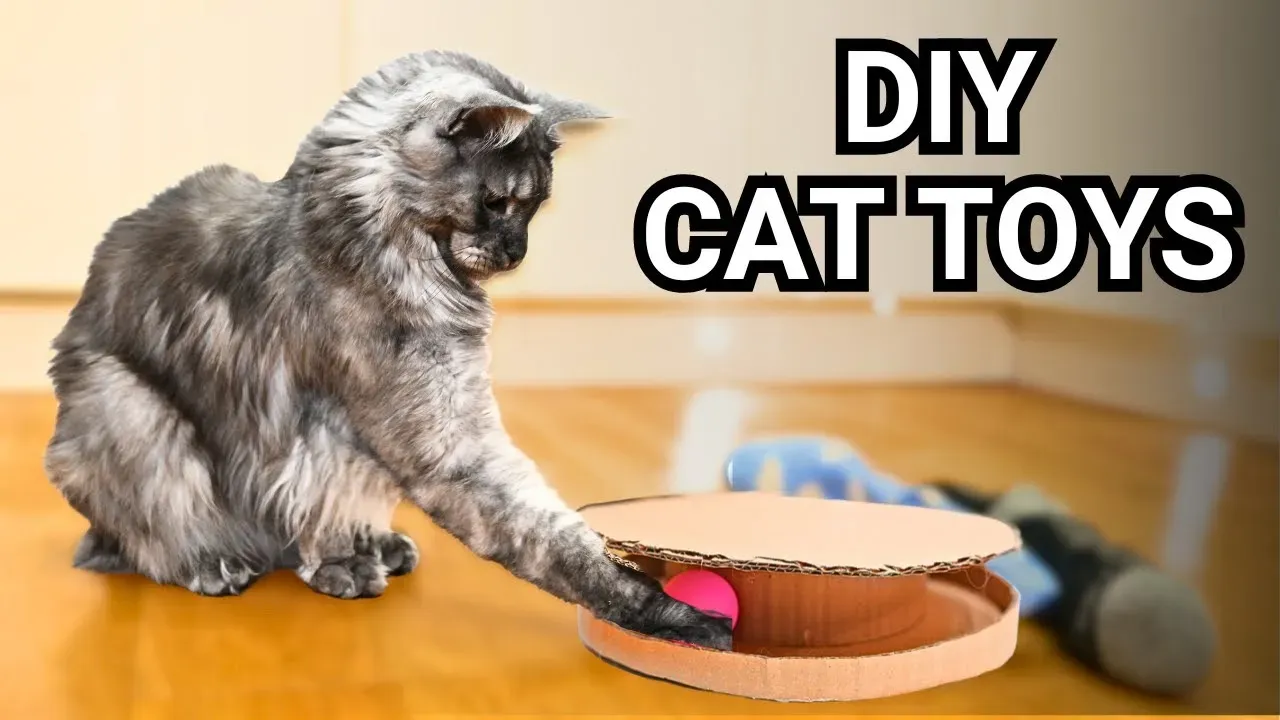
Why Bother Making Homemade Cat Toys? (It's Easier Than You Think)
Saving Your Wallet (And Your Sanity)
Look, we've all been there. Standing in the pet store aisle, staring at a fluffy thing with bells and feathers, thinking "This is it! This will be the one!" Then you look at the price tag and wonder if this toy is stuffed with actual gold. You buy it anyway, full of hope. Your cat sniffs it, maybe gives it a half-hearted bat, and then goes back to chasing a dust bunny. It’s enough to make you weep into your kibble bag. Figuring out how to make easy homemade cat toys cuts right through that nonsense. You're not beholden to corporate marketing hype. You're using materials you already possess, things destined for the recycling bin or the back of the junk drawer. It’s about maximum entertainment for minimum expenditure, which feels like a small victory in this economy.
Tailoring Fun to Your Feline Overlord
Every cat is a little weirdo with specific tastes. Some go bonkers for crinkly sounds, others are obsessed with anything that rolls, and some just want to murder a string. Store-bought toys are generic; they're designed for the average cat, whoever that mythical creature is. When you make your own, you can customize. Does Mittens lose her mind over felt? Make a felt mouse. Does Whiskers only play with things that smell vaguely of tuna? Figure out how to incorporate that (maybe don't). Making homemade cat toys lets you cater directly to your cat's unique, sometimes baffling, preferences. It's like getting them a bespoke suit, but instead of fabric, it's yarn and cardboard tubes. Plus, there's a certain satisfaction in seeing your cat genuinely enjoy something you cobbled together yourself.
- Save money on overpriced gadgets your cat will ignore.
- Reduce waste by repurposing household items.
- Create toys perfectly suited to your cat's quirks.
- Spend quality time bonding over playtime (even if they're just ignoring you and playing with the toy).
- Feel smug about your resourcefulness.
Simple Starts: How to Make Easy Homemade Cat Toys from Household Items
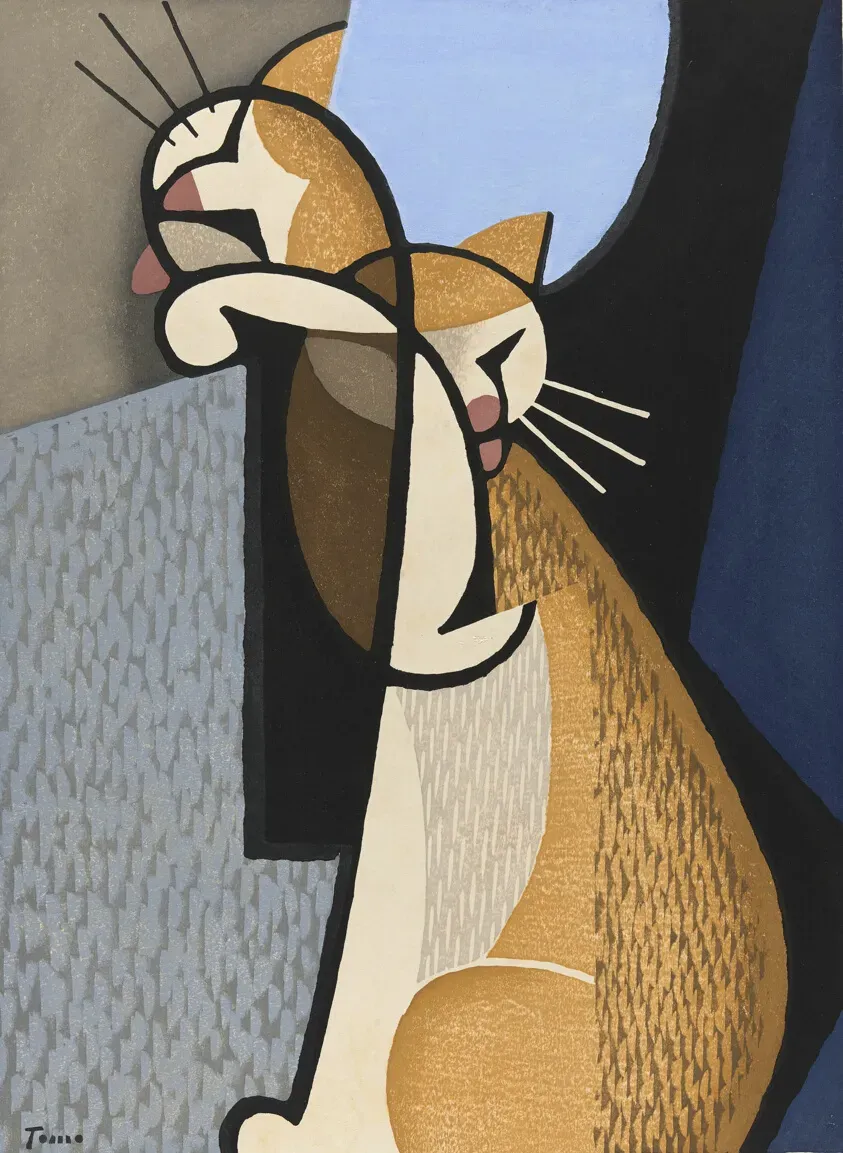
Simple Starts: How to Make Easy Homemade Cat Toys from Household Items
The Mighty Cardboard Tube and Paper Power
Forget fancy electronics or catnip-infused plushies. Sometimes, the simplest things are the best. You know that empty toilet paper roll or paper towel tube staring back at you from the recycling bin? That's prime cat entertainment waiting to happen. Slide a few dry kibbles or tiny treats inside, fold in the ends, and boom – you've got a puzzle toy that encourages natural foraging behavior. Or just hand them the empty tube; watching a cat try to get their head inside or bat it around is surprisingly hilarious. Crumpled paper is another classic. The sound, the texture, the unpredictable roll – it hits all the right notes for many felines. Just make sure it's plain paper, no staples or anything they could chew and swallow.
Sock It To 'Em: Fabric Scraps and Lone Soles
We all have that one sock that lost its partner in the laundry abyss. Don't mourn its loss; repurpose it! Stuff a clean, old sock with some fabric scraps (old t-shirts work great), tie off the end securely, and you've got a soft, chewable, kickable toy. If you have larger fabric scraps, knot a few strips together to make a simple tug toy or something they can bunny-kick with their hind legs. My cat, a creature of refined tastes who nonetheless adores batting around a balled-up sock, finds these endlessly fascinating. It’s the perfect texture for them to sink their claws into, and you finally find a use for those single socks that haunt your laundry basket.
- Empty cardboard tubes (toilet paper, paper towel)
- Plain paper (crumpled)
- Clean old socks
- Fabric scraps (cotton t-shirts are good)
- Wine corks
- Plastic bottle caps (securely fastened)
Cork and Cap Capers: Small Objects with Big Appeal
Ever notice how cats are mesmerized by tiny things that skitter across the floor? Wine corks are perfect for this. They're lightweight, they roll unpredictably, and they have a satisfying texture to bite. Just make sure they're natural corks, not plastic ones. Similarly, plastic bottle caps can provide endless fun as something to chase and bat under furniture. A word of caution here: always supervise your cat with small objects like caps or corks to make sure they aren't trying to chew off pieces and swallow them. Safety is key when you're figuring out how to make easy homemade cat toys from these small items. A little supervision goes a long way in preventing a trip to the vet.
Getting Crafty: More Ideas for Easy Homemade Cat Toys
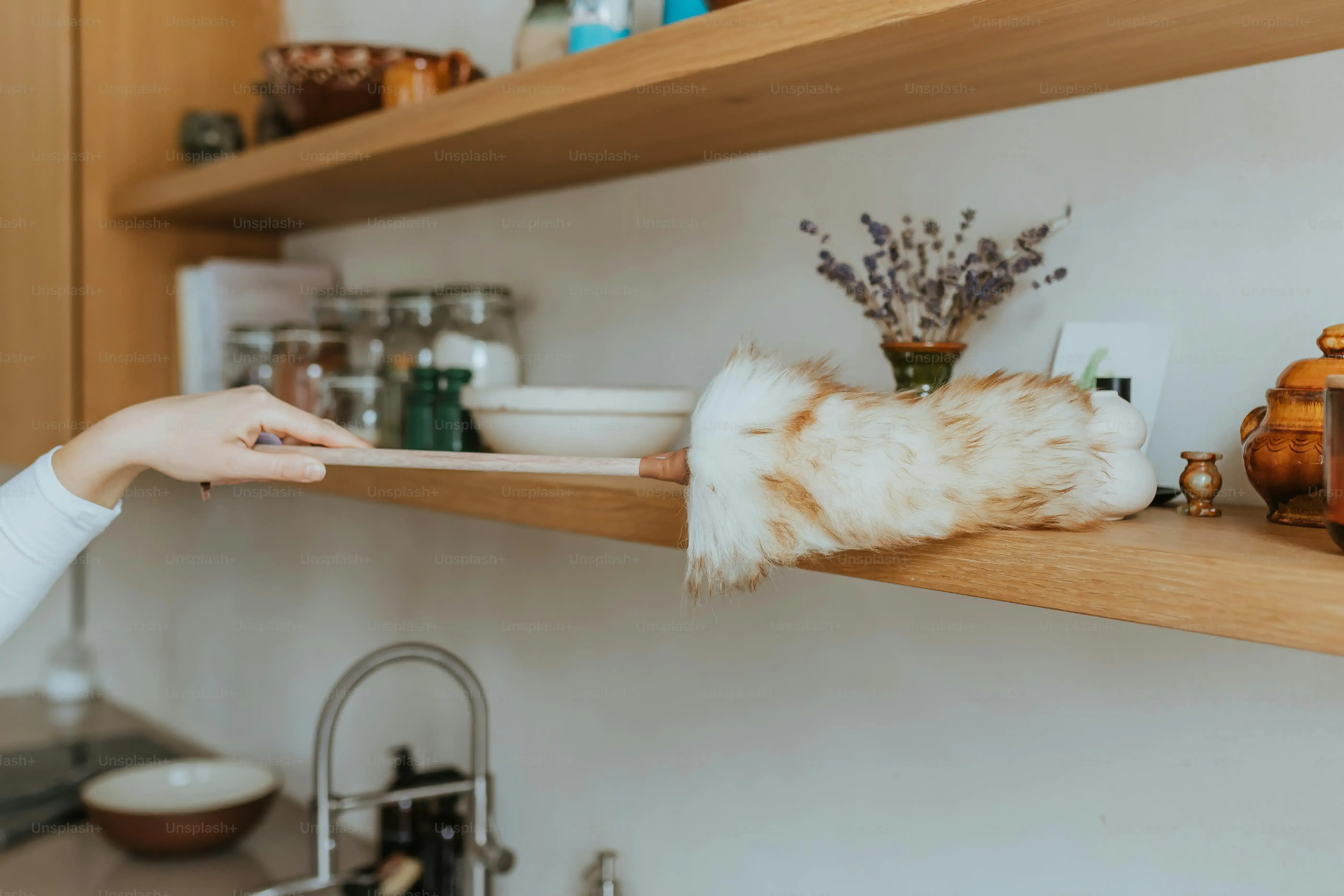
Getting Crafty: More Ideas for Easy Homemade Cat Toys
Wand Wonders and String Things
Alright, so you've graduated from simply handing your cat a toilet paper roll. You're feeling ambitious. You want to make something with a little more... movement. Enter the DIY cat wand. This is arguably one of the most effective types of homemade toys because it allows for interactive play, mimicking the erratic movements of prey that cats instinctively chase. Grab a sturdy stick or a wooden dowel (even a thick piece of cardboard works in a pinch). Tie a string securely to one end. On the other end of the string, attach something enticing: a few feathers, some knotted fabric strips, or even a wine cork. Just make absolutely certain whatever you attach is firmly secured. You don't want your cat accidentally swallowing small parts. The beauty here is the simplicity. You're not building a rocket ship, you're creating a simple lure, a classic tool in the ancient art of cat amusement. This method of how to make easy homemade cat toys is a winner because *you* control the action, making the toy dance and dart.
Felt Friends and Crinkle Critters
Felt is a fantastic material for DIY cat toys because it doesn't fray easily and is soft for batting and biting. Cut out a couple of simple shapes – maybe two circles or two mouse-like silhouettes. Stitch them together loosely, leaving a small opening. Before you close it up, stuff it with something interesting. This could be more fabric scraps, a bit of batting, or even some crinkly material like a piece of a clean plastic bag (cut into small, safe pieces and fully enclosed!). A tiny pinch of catnip inside can turn a simple felt shape into an object of pure obsession for many cats. Sew the opening shut securely. You've just created a custom critter perfectly sized for bunny kicks and carrying proudly in their mouth. These little felt creations are a step up from just a sock, adding texture and sound, proving that figuring out how to make easy homemade cat toys can involve a little sewing, but nothing that requires a fashion degree.
- DIY Wand Materials: Stick/dowel, sturdy string, feathers, fabric strips, wine corks.
- Felt Toy Materials: Felt scraps, needle and thread, stuffing (fabric scraps, batting, safe crinkle material), optional catnip.
- Remember to secure all parts tightly.
- Supervise playtime, especially with string or small attachments.
Safety First: What to Avoid When Making Homemade Cat Toys
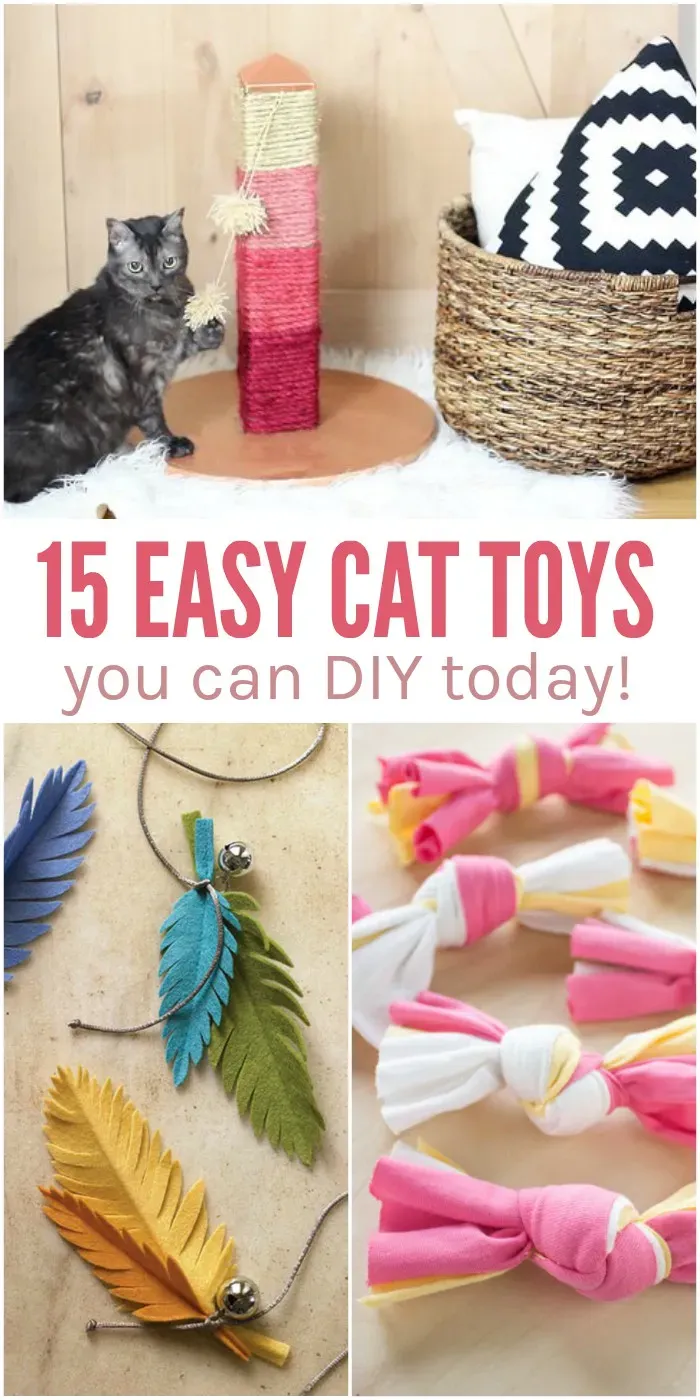
Safety First: What to Avoid When Making Homemade Cat Toys
Mind the Hazards: Keeping DIY Playtime Safe
so you're getting good at figuring out how to make easy homemade cat toys from socks and cardboard. That's great! But before you unleash your creations, let's talk safety. This isn't just about preventing a mess; it's about preventing a trip to the emergency vet, which is significantly less fun than watching your cat chase a felt mouse. The biggest culprits are small parts that can be chewed off and swallowed – think buttons, googly eyes, loose bells, or thin string that can cause intestinal blockages if ingested. Sharp edges are also a no-go, especially with cardboard or plastic. Anything treated with chemicals (like some dyed fabrics or plastics) should be avoided unless you're certain it's pet-safe. Your cat will inevitably try to chew or lick whatever you give them, so stick to non-toxic, sturdy materials that won't break down into dangerous pieces. Supervision, especially with new toys or those made with string or small components, is non-negotiable.
- Avoid small objects that can be chewed off (buttons, beads, googly eyes).
- Steer clear of thin string, yarn, or ribbon that can be swallowed and cause internal damage.
- Ensure there are no sharp edges on toys made from cardboard or plastic.
- Use non-toxic materials; check fabric dyes or plastic types.
- Securely fasten all components; glue isn't always sufficient.
- Always supervise your cat during playtime with homemade toys.
The Joy of Play: Bonding with Your Cat Using Homemade Toys
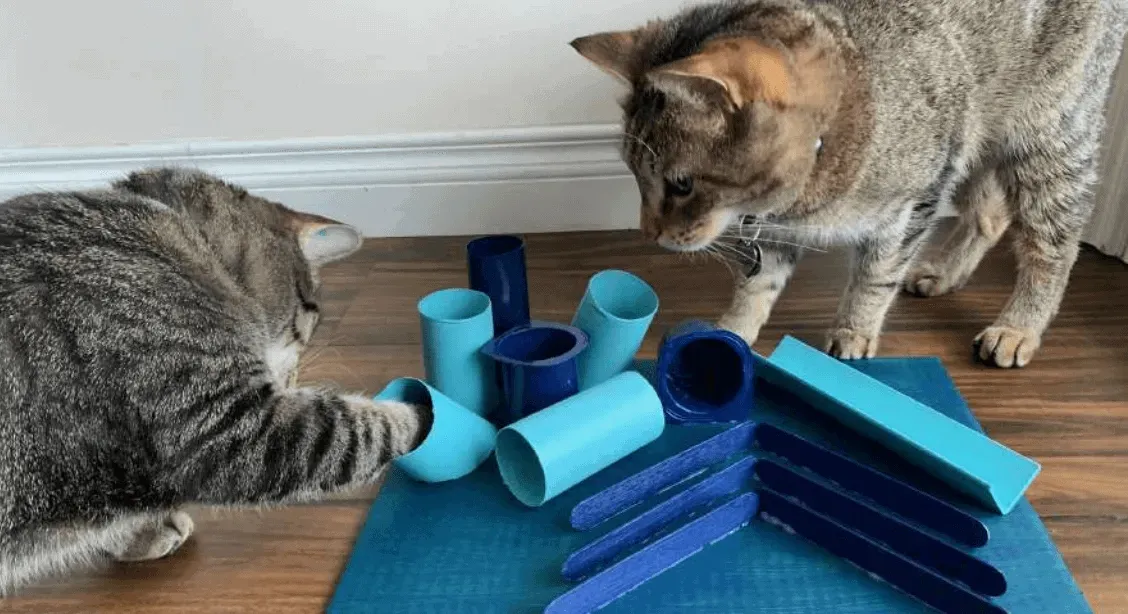
The Joy of Play: Bonding with Your Cat Using Homemade Toys
More Than Just a Toy: Building Connection
you've successfully figured out how to make easy homemade cat toys. You've got your cardboard tube contraptions and your felt mice ready for action. Now comes the best part: playing with your cat. This isn't just about tiring them out so they don't zoomie across your bed at 3 AM (though that's a nice bonus). It's about interaction. When you dangle that string wand you made or roll that treat-filled tube across the floor, you're engaging with their natural instincts. You become part of the hunt, the chase, the pounce. This shared activity strengthens the bond between you. They associate you with fun, with excitement, with satisfying their inner predator. It's a language cats understand far better than endless petting (sometimes). My own cat, Gus, a creature usually only motivated by food or sunshine, will actually *ask* to play when I pick up the ridiculous feather-on-a-stick I cobbled together. That interaction, that recognition, is worth more than any store-bought gadget.
Decoding Your Cat's Inner Hunter
Playing with your cat, especially with simple, versatile homemade toys, gives you a front-row seat to their personality and preferences. Do they prefer toys they can stalk and pounce on from a distance? Or are they more into close-quarters wrestling and bunny kicks? Do they lose their minds over crinkle sounds, or is it the erratic movement of a wand toy that triggers their prey drive? Observing *how* they interact with the different textures and types of toys you've made teaches you what makes them tick. It's like getting a little peek into their wild ancestry. This understanding helps you tailor future playtime and even future DIY projects. You learn their favorite "prey" type, their preferred hunting style, and what truly gets their tail twitching with excitement. It's a valuable insight into the mysterious creature sharing your sofa.
What does your cat's play style tell you?
- Stalker: Prefers toys they can observe and ambush (e.g., felt mice, crumpled paper).
- Chaser: Loves toys that move quickly and erratically (e.g., wand toys, rolled corks).
- Wrestler: Enjoys toys they can grab, kick, and bite (e.g., stuffed socks, knotted fabric).
- Puzzle Solver: Motivated by toys that dispense treats or require manipulation (e.g., treat tubes).
More Fun, Less Fuss: Wrapping Up Your DIY Toy Adventure
So there you have it. You've seen that learning how to make easy homemade cat toys isn't some mythical skill reserved for Pinterest gurus. It's about seeing potential in the mundane – a toilet paper roll, an old sock, a spare wine cork. These simple creations often outperform the fancy store-bought alternatives because they tap into a cat's natural instincts. You've saved some cash, kept some junk out of the landfill, and hopefully, sparked some serious playtime with your feline companion. Remember, the goal isn't perfection; it's engagement. Go toss that cardboard tube around, watch them stalk that feathered stick, and enjoy the simple, chaotic joy only a cat at play can bring. Your cat might not write you a thank-you note, but the purrs and pounces will be thanks enough.